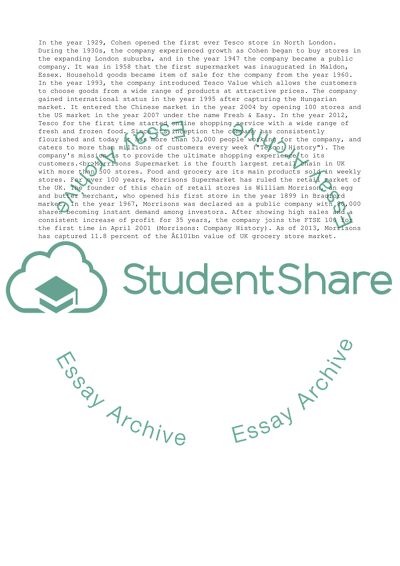Cite this document
(“Comparison of Two Companies Essay Example | Topics and Well Written Essays - 3000 words”, n.d.)
Retrieved from https://studentshare.org/business/1669156-comparison-of-two-companies
Retrieved from https://studentshare.org/business/1669156-comparison-of-two-companies
(Comparison of Two Companies Essay Example | Topics and Well Written Essays - 3000 Words)
https://studentshare.org/business/1669156-comparison-of-two-companies.
https://studentshare.org/business/1669156-comparison-of-two-companies.
“Comparison of Two Companies Essay Example | Topics and Well Written Essays - 3000 Words”, n.d. https://studentshare.org/business/1669156-comparison-of-two-companies.


